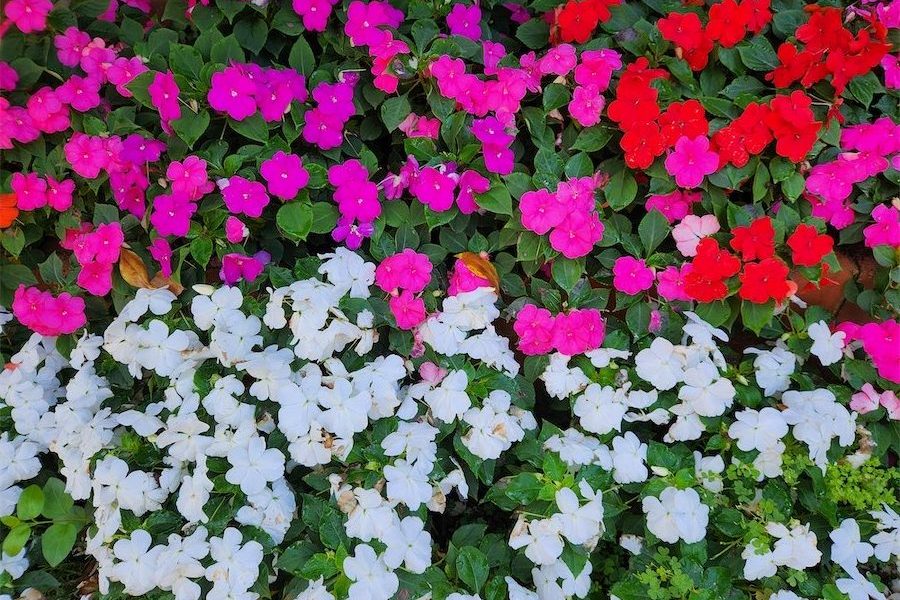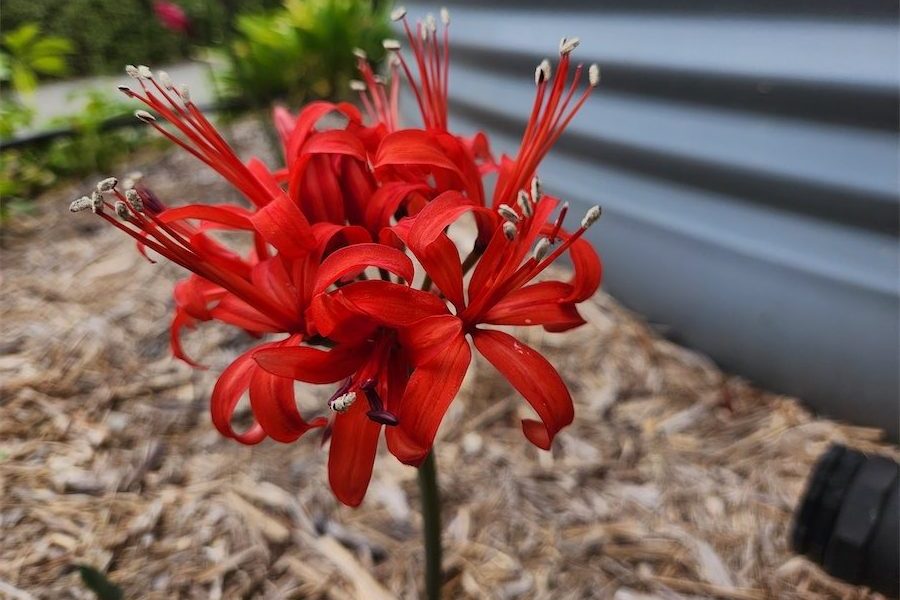IT is appropriate in our Centenary year to take a look at the great work of our early pioneers in establishing this city.
From a landscaping point of view, the work of such giants as Charles Weston, J P Hobday, A E Bruce and Lindsay Pryor need to be remembered. They had a blank canvas and the challenge was to create a landscaped city from the treeless limestone plains.
Weston had the task of interpreting Walter Burley Griffin’s landscape plans. These were largely based on “garden city” concepts that Griffin was aware of at Yellowstone Garden City in the US, and Letchworth and Welwyn Garden City in England.
WESTON arrived here from England in 1896 and was superintendent of gardens at Government House in Sydney until 1912.
In 1913 he was appointed as officer in charge of afforestation to create an urban landscape for the new capital city. Part of his brief was to establish a forestry industry and the establishment of a propagation nursery. This was originally in Acton and later moved to its Yarralumla site when work started on the lake in 1960.
Weston worked closely with Griffin and, from time to time, had differences of opinion with Griffin on the species to be grown here. In 1926, he moved to Sydney, although he was retained as a consultant to Canberra until 1927.
A E BRUCE succeeded Weston as superintendent of parks and gardens until 1932. One of his major works was the establishment of the rose gardens at the then-Parliament House.
Both Bruce and Weston were awarded MBEs for their landscape work in Canberra.
WORKING with Weston was John Peace Hobday who was the foreman at Yarralumla Nursery in 1913. His mission in life and chief interest was the development of the new garden city. He followed Bruce as superintendent of parks and gardens until his death in 1944.
THIS position was elevated to director of parks and gardens when Lindsay Pryor was appointed to the post in 1944. His contribution to our landscape was possibly the greatest for our city.
Pryor continued the work of Weston and Griffin, and expanded the range of exotic and native species of trees and shrubs for our city’s landscape. In 1958, Pryor was made a professor and appointed to the foundation chair of botany at the ANU.
IT is now far removed from the original garden city concept of the early suburbs of Forrest, Deakin, Red Hill and Yarralumla. Block sizes have been gradually reduced and trimming front hedges and mowing nature strips by the government has gone by the board.
With the propagation of new varieties of Australian plants, the concept was changed and we started calling it the Bush Capital. In reality, it is a treed city with more than 600,000 trees in our urban streets and parks. This urban forest is our most valuable resource.
It is now up to our present government to continue the work of these landscape pioneers that have created our treed city.
Unfortunately, this is in doubt with the decline and neglect of our urban trees. A great deal of work is being done by a dedicated team for the Urban Forest Renewal Program under the auspices of Territory and Municipal Services.
However, this program is doomed to failure if the required finances are not provided to implement such a program. We lost many trees with drought and fires and these need to be replaced as well as trees reaching the end of their natural life. It is not just about planting trees, but their continuing care and maintenance, the neglect of which is all too obvious as one drives around our city.
In this our centenary year it is vital that we preserve our greatest asset. With climate change and global warming upon us, trees and green cover are vital to our survival.
Who can be trusted?
In a world of spin and confusion, there’s never been a more important time to support independent journalism in Canberra.
If you trust our work online and want to enforce the power of independent voices, I invite you to make a small contribution.
Every dollar of support is invested back into our journalism to help keep citynews.com.au strong and free.
Thank you,
Ian Meikle, editor




Leave a Reply